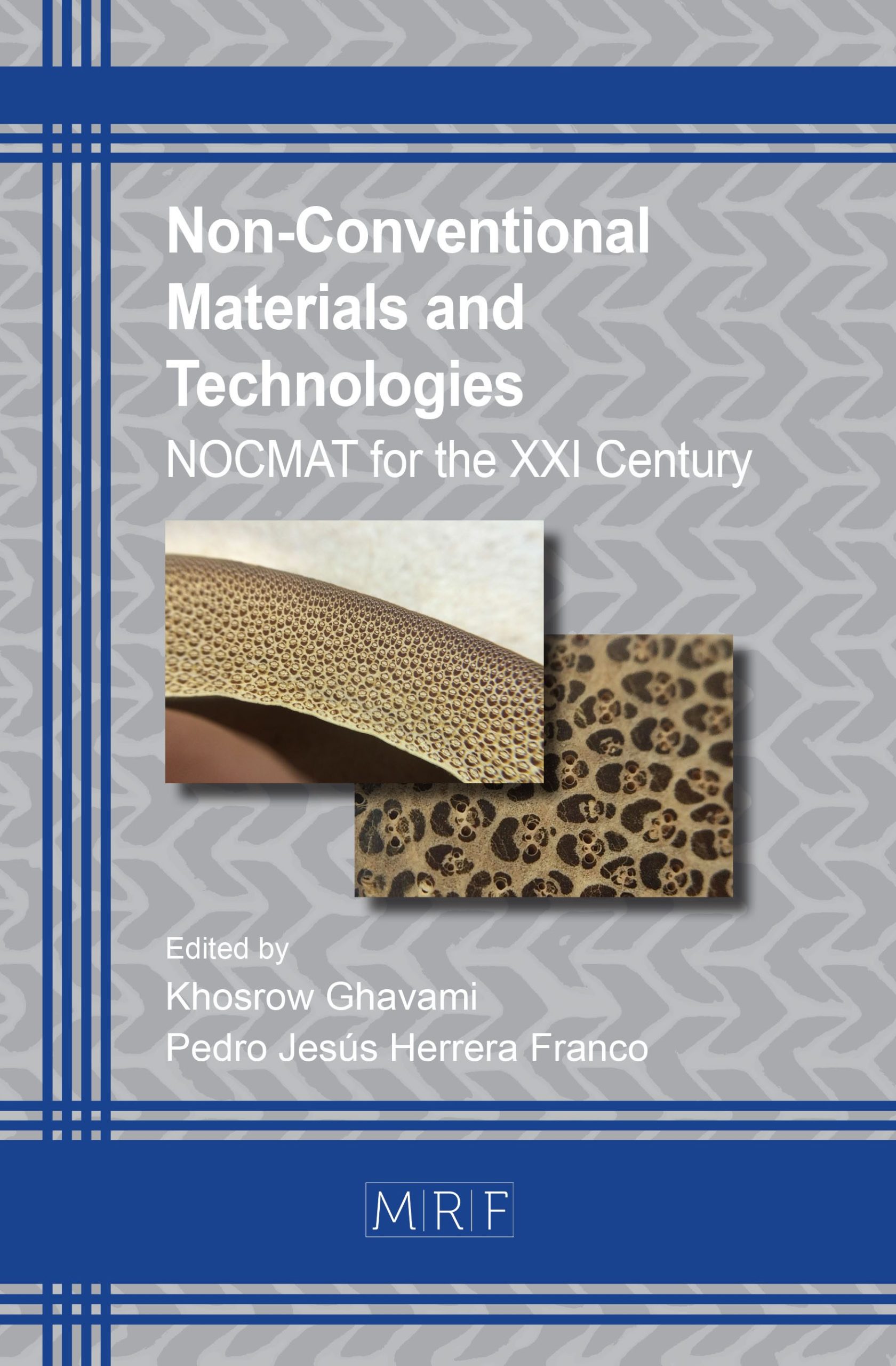Experimental Analysis of the Variation of Electrical Resistivity of Concrete after Fracture
F.V.O. da Cunha Médice, P.H.A. Martins
Abstract. Techniques for concrete quality control are usually associated with the investigation of the mechanical properties and durability of this material. Usually the preparation processes and conditions of the samples are slow and labor intensive, and are mostly destroyed during analysis, preventing further experiments. So no alternative destructive methods become necessary for effective monitoring and inspection to assess the condition of the structure and when maintenance or repair is needed. These techniques should be able to identify any problems of durability before these become serious. The durability of concrete largely depends on the properties of their microstructure, such as the distribution of pore size and shape of the interconnections between them. A network of finer pores with less connectivity leads to a lower permeability. A structure may undergo changes caused by fractures or defects generated during the manufacturing process, handling or working conditions generating a porous microstructure with a higher degree of interconnections. On the other hand, it results in increased permeability and reduced durability in general. The main idea behind most of the electrical resistivity techniques is to seek alternative ways to quantify the conductive properties of the concrete microstructure. In general, the electrical resistivity of the concrete can be described as the ability of the concrete supporting the transfer of ions subjected to an electric potential difference. This paper aims to evaluate the electrical resistivity of the concrete after the fracture.
Keywords
Electrical Resistivity Concrete, Non-Destructive Testing, Fracture in Concrete Structures
Published online , 5 pages
Copyright © 2018 by the author(s)
Published under license by Materials Research Forum LLC., Millersville PA, USA
Citation: F.V.O. da Cunha Médice, P.H.A. Martins, ‘Experimental Analysis of the Variation of Electrical Resistivity of Concrete after Fracture’, Materials Research Proceedings, Vol. 7, pp 671-675, 2018
DOI: http://dx.doi.org/10.21741/9781945291838-64
The article was published as article 64 of the book Non-Conventional Materials and Technologies
References
[1] Malhotra, V. M.; Carino, N. J. Handbook on Nondestructive Testing of Concrete Second Edition. [S.l.]: CRC press, 2004.
[2] Layssi, H. et al. Electrical Resistivity of Concrete. Concrete International, v. 37, n. 5, p. 41-46, 2015.
[3] Mccarter, W. J. et al.. Two-point concrete resistivity measurements: interfacial phenomena at the electrode–concrete contact zone. Measurement Science and Technology, v. 26, n. 8, p. 085007, 2015. https://doi.org/10.1088/0957-0233/26/8/085007
[4] Santos, L. Avaliação da resistividade elétrica do concreto como parâmetro para a previsão da iniciação da corrosão induzida por cloretos em estruturas de concreto. 2006. 161 f. Dissertação (Mestrado em Estruturas e Construção Civil). Departamento de Engenharia Civil e Ambiental, Universidade de Brasília, Brasília/DF, 2006.
[5] Elkey, W.; Sellevold, E. J. Electrical resistivity of concrete, 1995.
[6] Badilla, V.; Zamora I Mestre, J.-L. Correlación de diferentes métodos no destructivos de detección superficial de anomalías en el hormigón armado. Actas de CONPAT 2015, Instituto Superior Tecnico, p. 3.3-9309., 2015.
[7] Wang, K. et al. Permeability study of cracked concrete. Cement and Concrete Research, v. 27, n. 3, p. 381-393, 1997. https://doi.org/10.1016/S0008-8846(97)00031-8
[8] Medeiros-Junior, R. A. et al. Investigação da resistência à compressão e da resistividade elétrica de concretos com diferentes tipos de cimento. Revista Alconpat, v. 4, n. 2, p. 113-128, 2014. https://doi.org/10.21041/ra.v4i2.21
[9] ABNT. NBR 9204. Concreto endurecido — Determinação da resistividade elétrico-volumétrica — Método de ensaio, Procedimento, Rio de Janeiro, 2012.































